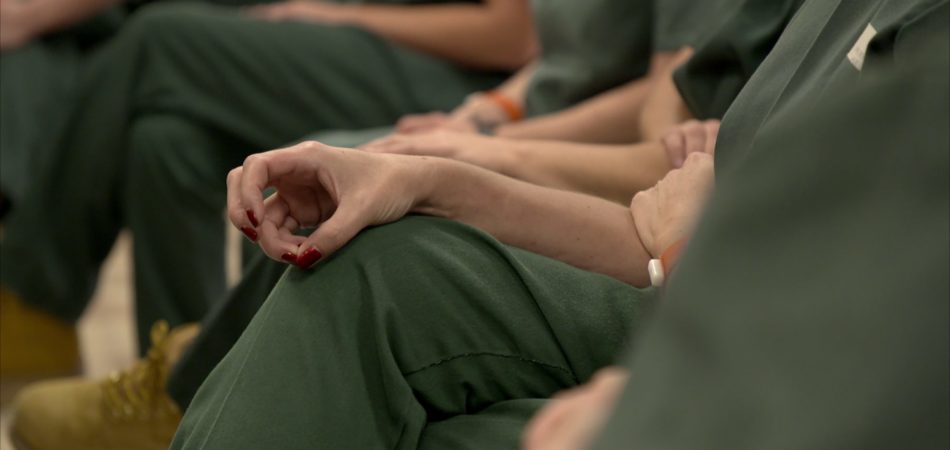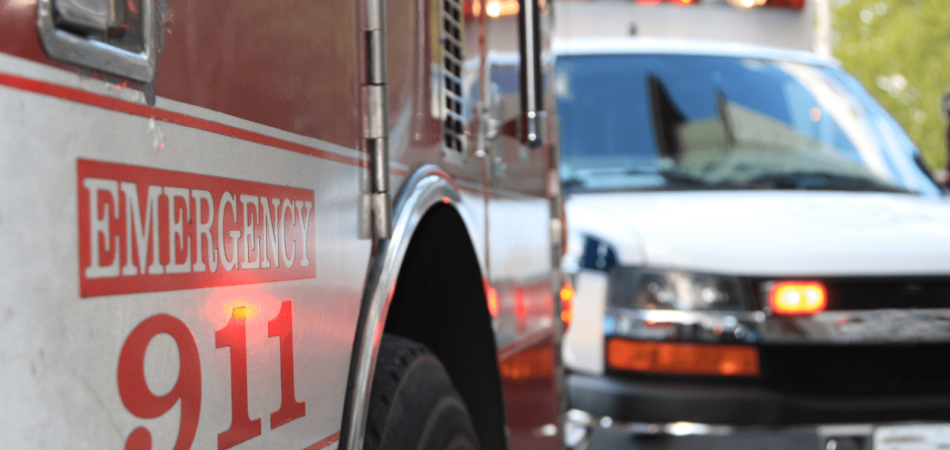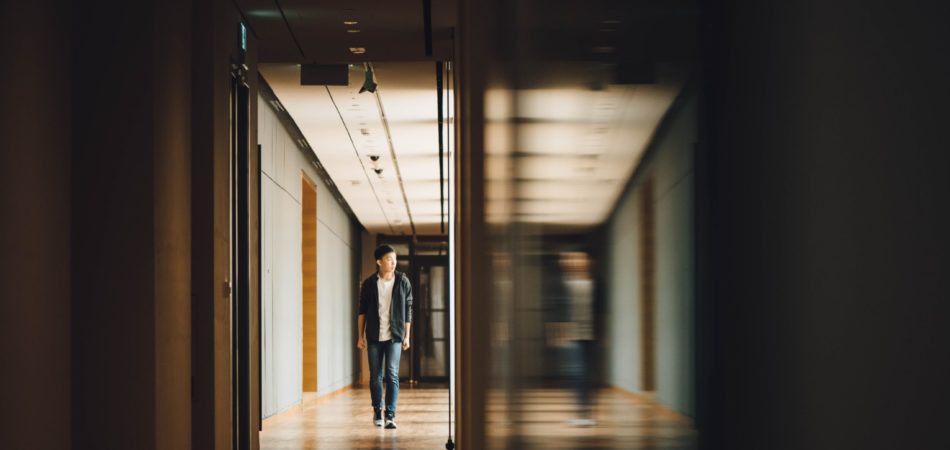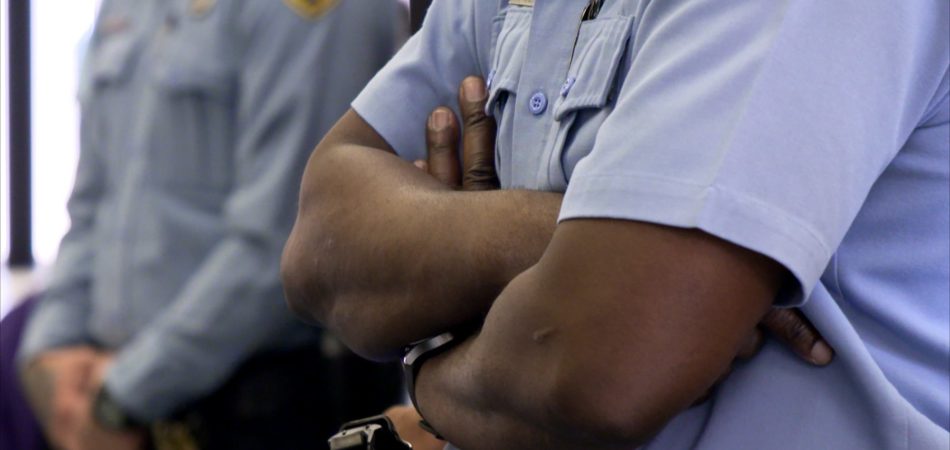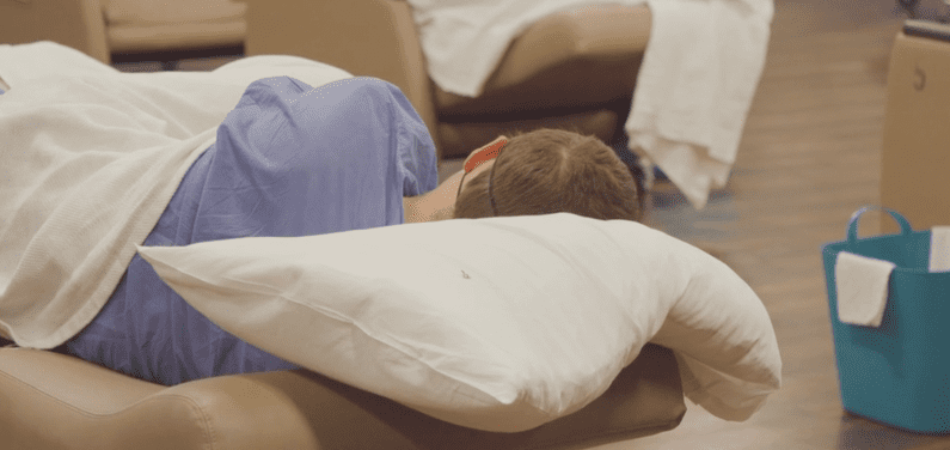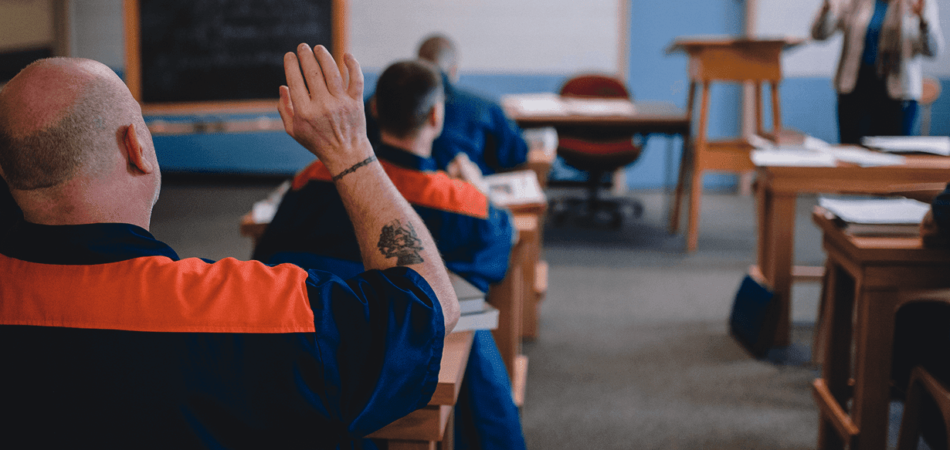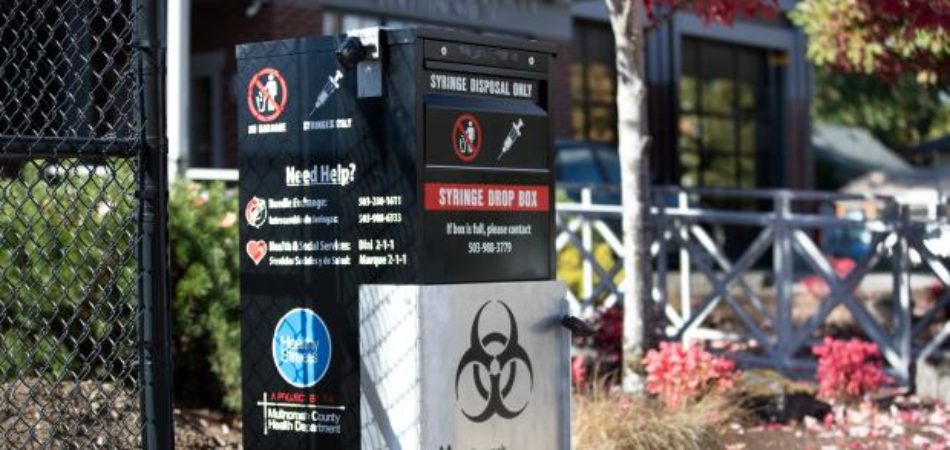
As Classes Resume, Experts Warn of School-to-Prison Pipeline “Rebound”
School districts have begun the most complicated school year in recent memory. Beyond determining whether students will be taught in person or through virtual classes, decisions about how to support students, while holding them accountable for their attendance and behavior, are more challenging than ever.
Many states and school districts across the country use the juvenile justice system to address chronic absences and other school performance issues, hoping that court orders, probation, and other types of sanctions will get students straightened out.
But the reasons students aren’t engaged in class and struggle with absences were individualized and complex before COVID-19 was thrust into the lives of every American family. And they’re likely to be even more complicated now.
Dr. Sarah Vinson, a child and adolescent psychiatrist based in Georgia, and Josh Weber, who leads juvenile justice initiatives at The Council of State Governments Justice Center, shared their thoughts on the challenges schools and states face at this unique time.
